Drive-through History
The Historic Albemarle Tour is a rich cultural resource
By Donna Campbell SmithVideo Courtesy of Exploring North Carolina
The winter months can be a great time for a road trip, when the crowds of summer fade away. A drive through northeast North Carolina carries you through a neat patchwork of fields ready for springtime planting — corn, soybeans, peanuts and tobacco — with acres of woodlands and swamps, edged by black-water creeks and rivers. And you may notice along the way some brown signs indicating a self-guided driving tour rich in history: the Historic Albemarle Highway.
The Historic Albemarle Tour (HAT), the oldest heritage trail in the Southeast, winds through 17 northeast and coastal counties, leading travelers to over 29 sites of historic, cultural and environmental significance. The counties reach north to the Virginia/North Carolina border and south to the Pamlico River; it reaches east to the Outer Banks and west to Interstate 95. The tour includes plantations, museums, historic homes and buildings, maritime museums, lighthouses and 14 wildlife areas that include state parks and refuges.
Coastal history
Our history lesson begins in Manteo, which celebrates the state’s first European settlement in the 1500s with Roanoke Island Festival Park, featuring interpretative and interactive displays. Board a replica of the Elizabeth II ship, and visit an American Indian village and an explorer’s camp to experience what life was like in the sixteenth century. A trip to the coast also offers lighthouses and lifesaving stations as well as museums and historic sites.
As colonists later trickled down from Virginia to tame the Carolina wilderness, towns grew up near the rivers — Roanoke, Chowan and Pamlico — and the shores of Albemarle and Pamlico Sounds. Visit Edenton, Windsor, Plymouth, Tarboro, Halifax, Williamston, Washington, Aurora and Belhaven to name a few; stepping back to a time when colonial planters and shippers were the backbone to the economy of the colonies.
Eclectic collections
Visit some unexpected museums like the Fossil Museum in Aurora, which houses a collection of marine fossils collected from a local phosphate mine. In downtown Belhaven is Memorial Museum, which began as the private collection of Eva Blount Way. It is filled with curiosities and antiques from around the world, some dating back 200 years. Elizabeth City is home to The Museum of the Albemarle. Learn the history and culture of the Albemarle region through their collections and historical interpretations.
The great outdoors
Wildlife walks at many of these sites add to the experience. Boardwalks in Plymouth and Columbia offer strolls along the river banks and into wetlands. Alligator River National Wildlife Refuge has 152,000 acres to explore by car, canoe or foot. North Eastern North Carolina is home to black bears, red wolves and alligators. In addition, northeastern North Carolina is home to 145 species of wild birds, 48 species of reptiles and amphibians, and 40 species of mammals.
No matter which route you travel in the region you’ll find something amazing noted by the brown HAT signs. The Historic Albemarle Trail offers so much you can’t take it all in at once, so plan several trips.
Plan your trip down the HAT
This interactive map marks the 29 sites on the Historic Albemarle Trail. Explore this and other resources for trip planning on the trail's website. If planning indoor stops at museums or towns, call ahead for the latest on hours and accessibility during the pandemic.
-
Travel in eastern NC
-
Share this story:

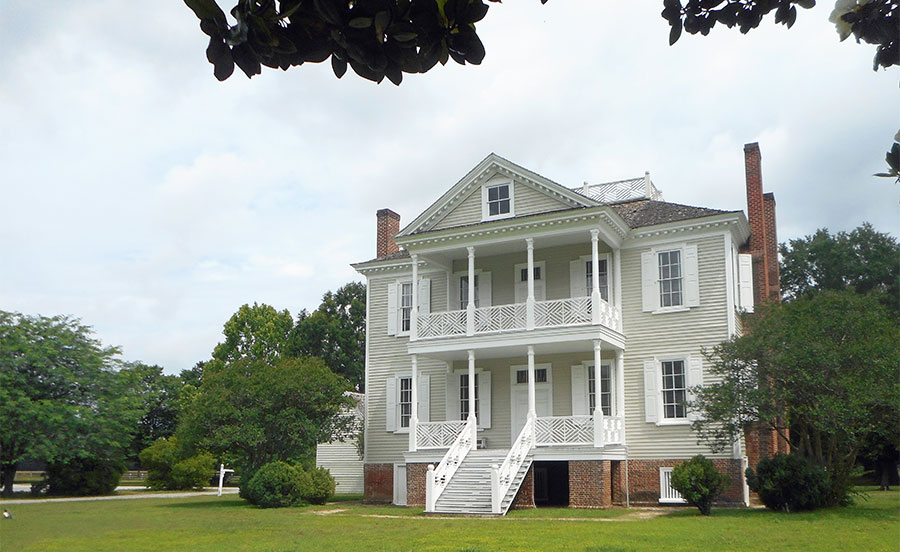
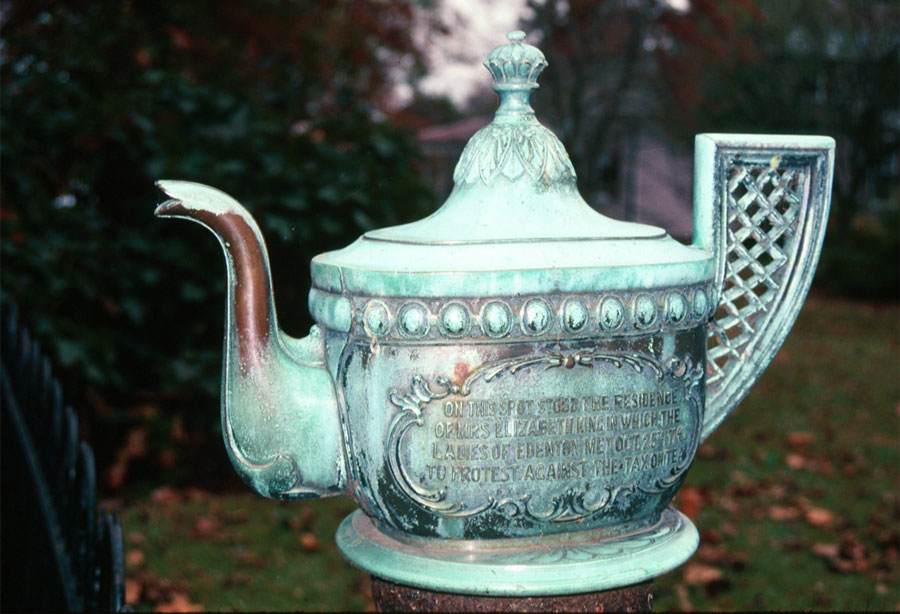
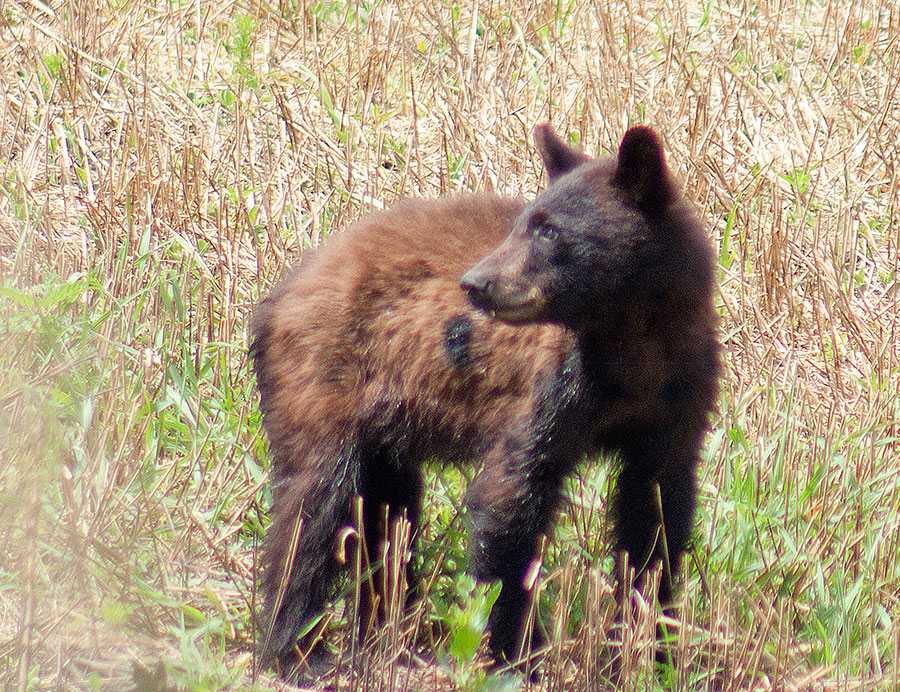
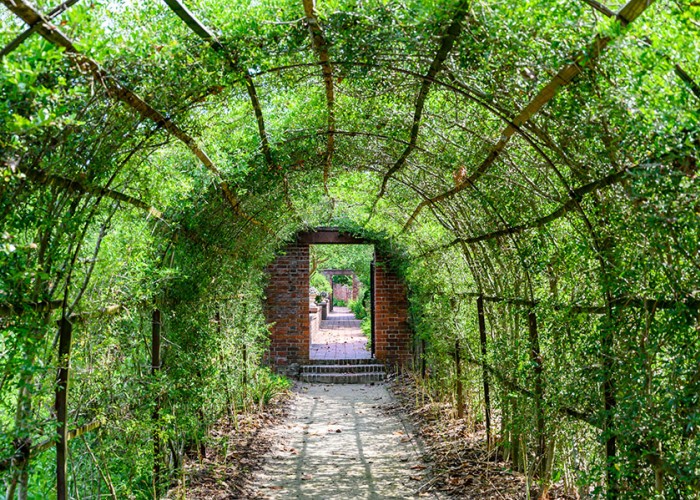
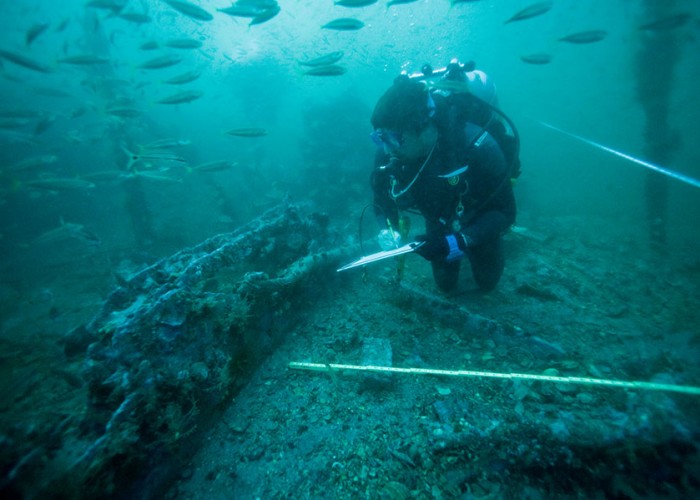
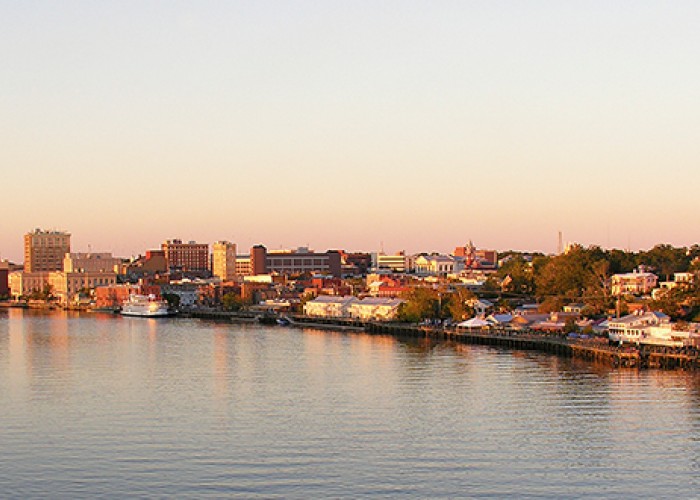



Comments (1)
Diana Gorman |
September 14, 2023 |
reply